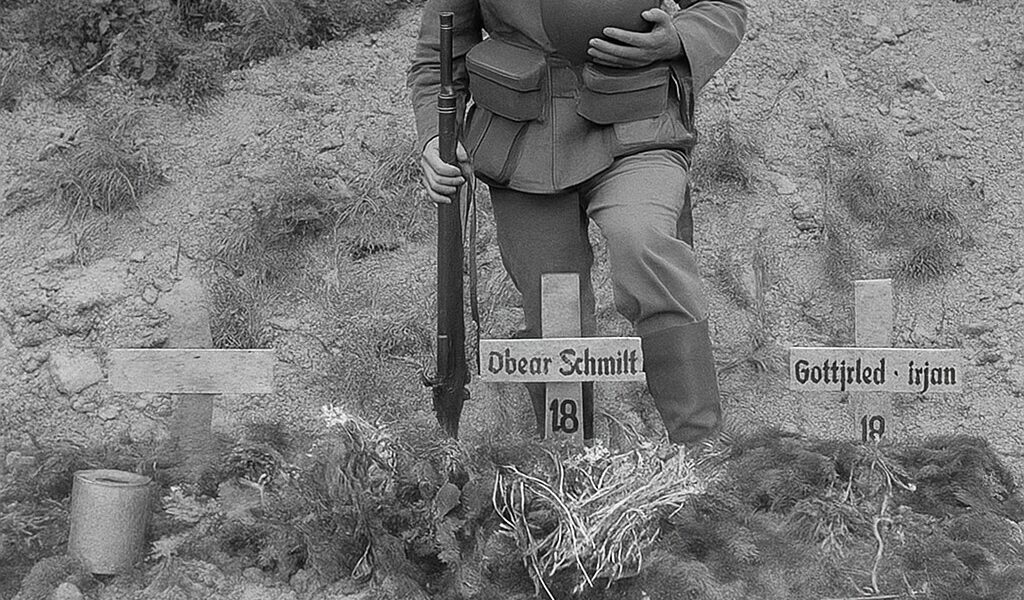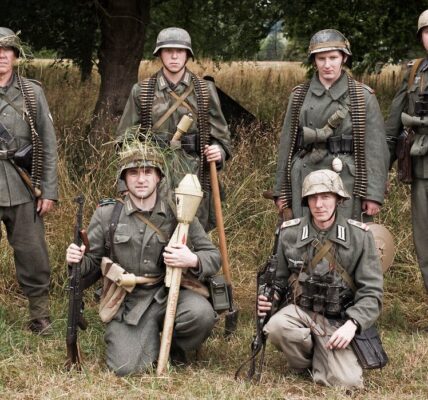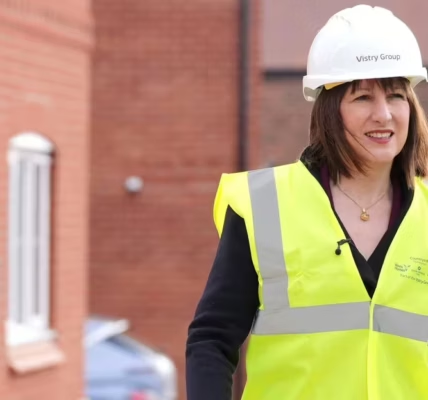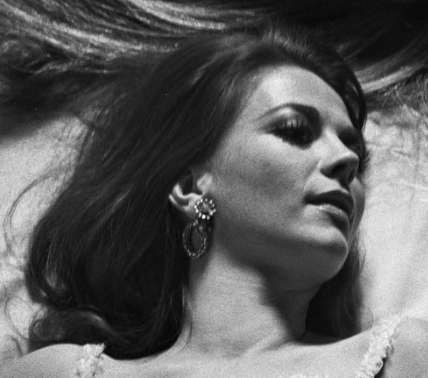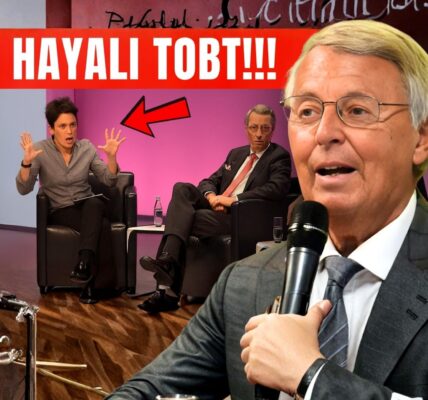
Sometimes words aren’t needed to capture the incomprehensible. A glance, a moment, a gesture—they say more than entire books. The black-and-white photo above depicts just such a moment. A German soldier kneels silently before the fresh graves of his comrades. He holds his helmet pressed to his chest, his rifle beside him, his gaze lowered. Before him are three simple wooden crosses: Albert Schüler, Oskar Schmitt, Gottfried Kirijan. Their years are short. They were young—far too young.
This picture probably dates from the early 1940s, somewhere on one of Europe’s many front lines. It’s a moment frozen in time. No poses, no pathos—just grief, loss, and quiet dignity. The soldier appears to be alone, yet he symbolizes thousands. For all those who have lost friends. For all those who had to ask themselves: Why them—and not me?
Amid the chaos of war, this small, raised earthwork offers a strange form of order. The crosses, inscribed with names, are the last testimonies of individuality. The men who rest there were not numbers, not strategic points, not units on a map – they were people. Brothers, sons, friends. Perhaps they had just turned 18, perhaps they still had plans, dreams, promises.
The kneeling soldier demonstrates that compassion persists even in a time of dehumanization. That even a soldier who may have just been in combat finds the time to bow. That even in war, humanity is possible.
One can only guess what’s going through his mind. Perhaps one of the fallen was his best friend. Perhaps he laughed with them, read letters from home, shared cold nights. Perhaps he feels guilty for having survived. Or empty, because there’s nothing left to say. Only this silence.
Historically, death was a constant companion at the front. In the trenches, in the forests, in the cities. Many were never found. Many were buried in mass graves. The fact that these soldiers were given a cross, a grave, a name is—as paradoxical as it may sound—an act of dignity. A small consolation in the face of the immensity.
But the image also serves as a warning. It reminds us that behind every uniform lies a human being. That every life lost in war is not just a number, but a story that is cut short. World War II claimed millions of lives—soldiers and civilians. The reasons, the political context, the responsibility—all of that is important. But this image doesn’t take a standpoint. It doesn’t judge. It simply documents. One person mourns another.
Today, many decades later, the image remains relevant. Not because it glorifies war—quite the opposite. It shows what war truly means: loss. Pain. Silence. A void that can never be filled.
Today, we live in a Europe built on reconciliation and peace. Where former enemies have become partners. Where young people from different countries learn history together, travel, and collaborate. Such images are no longer commonplace—and that’s a good thing.
But they also remind us why we cannot take this peace for granted. Why remembrance is important. Why each generation must understand anew what happened—and what must never happen again.
When we pass a military cemetery today, a memorial, a grave, we should pause. Not to glorify, but to remember. To ask: What can we do to ensure that no other young person ends up in the earth so young?
The image is a symbol. For farewell. For humanity. And for hope – that we can learn from the past.
